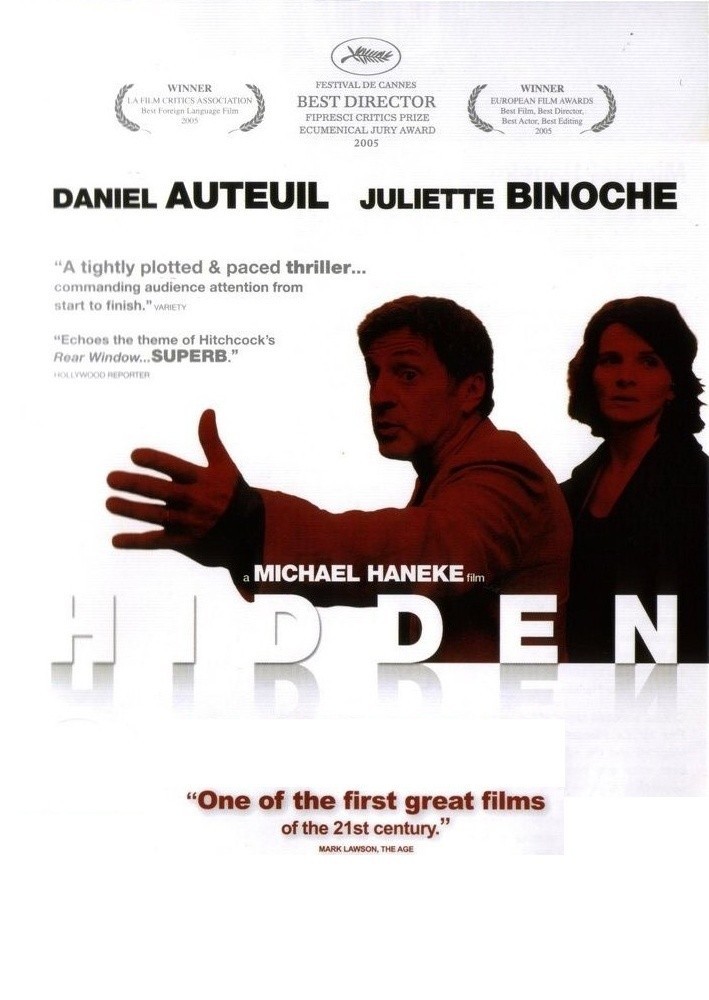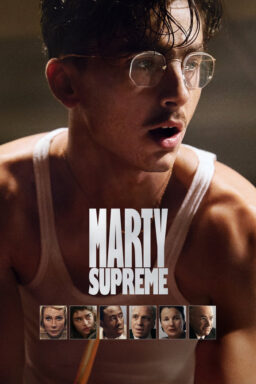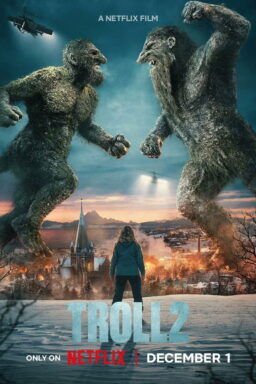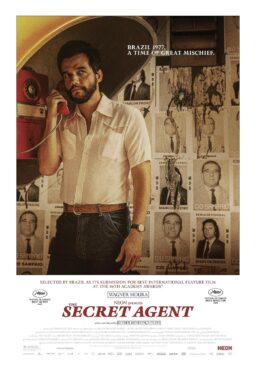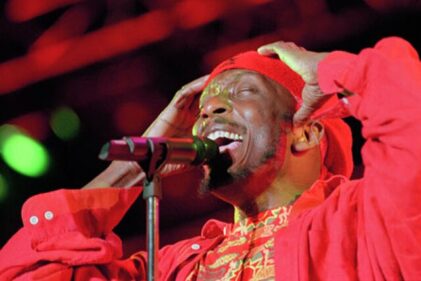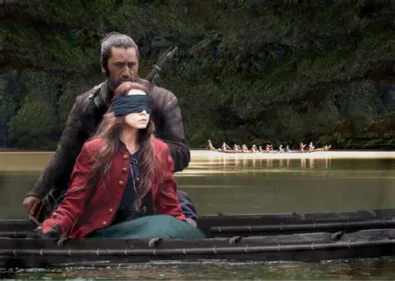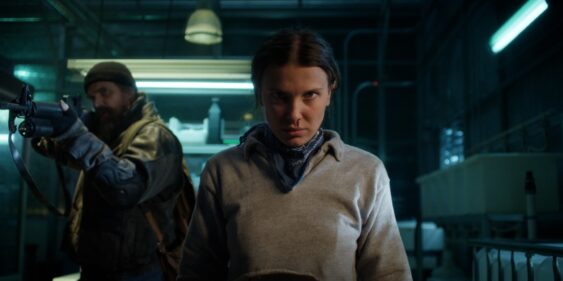The opening shot of Michael Haneke’s “Caché” shows the facade of a townhouse on a side street in Paris. As the credits roll, ordinary events take place on the street. Then we discover that this footage is a video, and that it is being watched by Anne and Georges Laurent (Juliette Binoche and Daniel Auteuil). It is their house. They have absolutely no idea who took the video, or why it was sent to them.
So opens a perplexing and disturbing film of great effect, showing how comfortable lives are disrupted by the simple fact that someone is watching. Georges is the host of a TV program about books; yes, in France they have shows where intellectuals argue about books, and an audience that actually watches them. Georges and Anne live in their book-lined house with their son Pierrot Laurent (Lester Makedonsky), a teenager who is sulky and distracted in the way that teenagers can be when they have little to complain about except their discontent.
Another video arrives, showing the farmhouse where Georges and his family lived when he was a child. All the videos they receive will have the same style: A camera at some distance, simply looking. Many of the shots in the film itself are set up and filmed in the same way, so that “Caché” could be watching itself just as the videos watch the Laurents. No comment is made in the videos through camera position, movement, editing — or perhaps there is the same comment all the time: Someone wants them to know that they are being watched.
Another video arrives, showing a journey down a suburban street and into a building. Georges is able to freeze a frame and make out a street name; going off alone, he follows the path of the video and find himself in front of a door in an apartment building. The person inside is someone he knows, but this person (who I will not describe) is unlikely to be the author of the alarming videos.
Georges conceals the results of his trip from his wife. Then another video arrives, showing him speaking with the occupant of the apartment. Now there is a fierce argument between Georges and Anne: she cannot trust him, she feels. He must tell her who the person is. He will not. In a way, he cannot. She feels threatened by the videos, and now threatened because her husband may be withholding information she needs to know. Juliette Binoche trembles with fury as the wife who feels betrayed by her husband; Daniel Auteuil, a master of detachment, folds into himself as a man who simply cannot talk about his deepest feelings.
Meanwhile their lives continue. Georges does the TV show. Their son goes to school. There is a dinner party, at which a story about a dog will give you something to recycle with great effect at your own next dinner party. Georges goes to visit his mother. He asks about events that happened in 1961, when he was a boy. His mother asks him if something is wrong. He denies it. She simply regards him. She knows her son, and she knows something is wrong.
I have deliberately left out a great deal of information, because the experience of “Caché” builds as we experience the film. There are parallels, for example, between the TV news that is often on in the background, and some of the events in Georges’ past. We expect that the mystery of the videos will be solved, explained, and make sense. But perhaps not. Here is a curious thing: In some of the videos, the camera seems to be in a position where anyone could see it, but no one ever does.
When “Caché” played at Cannes 2005 (where it won the prize for best direction), it had an English title, “Hidden.” That may be a better title than “Caché,” which can also be an English word, but more obscure. In the film, the camera is hidden. So are events in Georges’ life. Some of what he knows is hidden from his wife. The son keeps secrets from his parents, and so on. The film seems to argue that life would have gone on well enough for the Laurents had it not been for the unsettling knowledge that they had become visible, that someone knew something about them, that someone was watching.
The last shot of the film, like many others, is taken from a camera that does not move. It regards events on the outside staircase of a building. There are a lot of people moving around. Closer to us than most of them is a figure with her back turned, placed just to the right of center; given basic rules of composition, this is where our eye will fall if all else in the shot is equal. Many viewers will not notice another element in the shot. Stop reading now if you plan to see the film, and save the review…
…and now observe that two people meet and talk on the upper left-hand side of the screen. They are two characters we recognize, and who should not know each other or have any way of meeting. Why do they know each other? What does it explain, that they do? Does it explain anything? Are there not still questions without answers? “Caché” is a film of bottomless intrigue. “The unexamined life is not worth living,” said Socrates. An examined life may bring its own form of disquiet.
When “Caché” played at Cannes, some critics deplored its lack of a resolution. I think it works precisely because it leaves us hanging. It proposes not to solve the mystery of the videos, but to portray the paranoia and distrust that they create. If the film merely revealed in its closing scenes who was sending the videos and why, it would belittle itself. We are left feeling as the characters feel, uneasy, violated, spied upon, surrounded by faceless observers. The non-explanation supplied by the enigmatic last scene opens a new area of speculation which also lacks any solution or closure. And the secrets of Georges’ past reach out their guilty tendrils to the next generation.



